Once the Second World started in 1939, Britain was keeping a close eye on the east-coast of the country to prevent any German invasion. Burnham-on-Crouch in Essex was little more than a small yacht town before World War Two however the town became much more important when Germany invaded France.
With Kent and South-Essex heavily armed to defend London, concerns were raised that German troops could try and avoid these areas and try to sneak in via Burnham to get to London. Several defences were build around the area, most notably a minefield in the estuary. The British Army constructed several pillboxes along the sea walls for added protection.
Essex Lozenge Pillboxes
The pillbox by the Minefield Control Tower was constructed in 1940, a year before the tower. The unique design was mainly found in Essex and was designed to be incorporated into the sea walls. Whilst it was intended to be manned, it was actually used for storing firing equipment for two warships in the estuary.
In July 1940 approval was given for explosives to be temporarily laid as mines until a more permanent minefield could be built. The electrical firing equipment was set up in the pillbox.

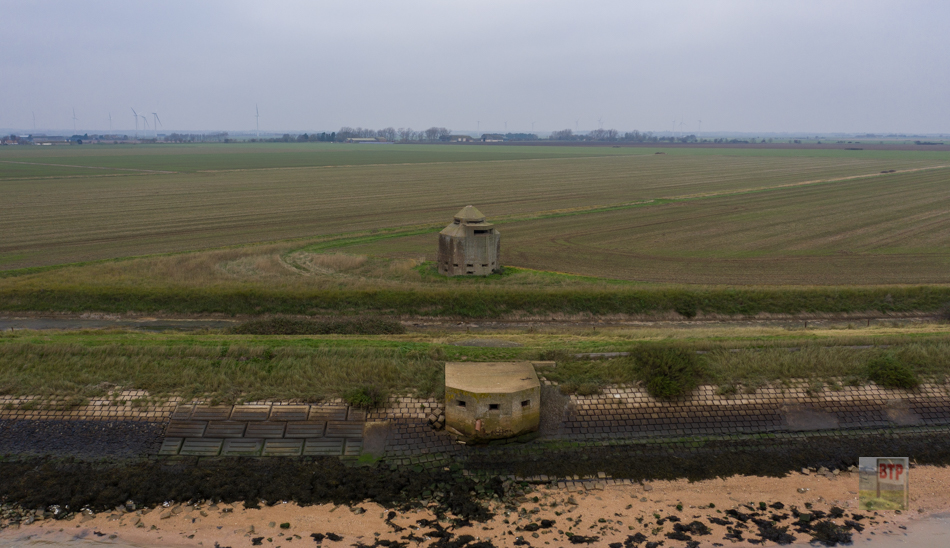
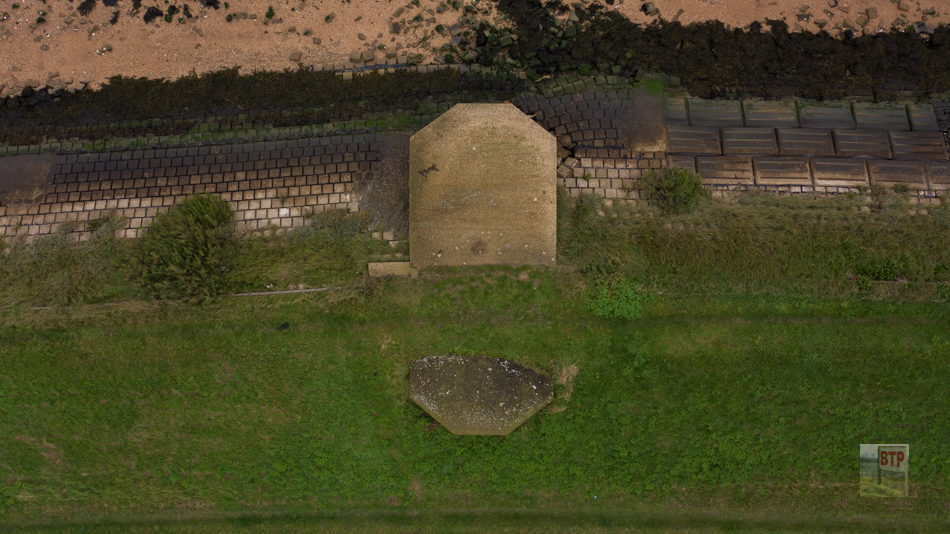
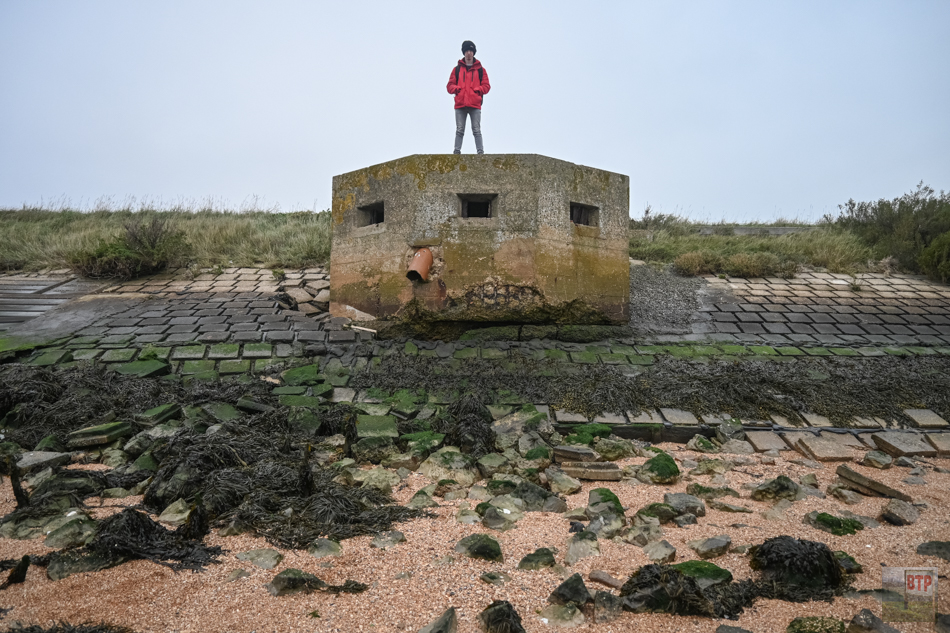
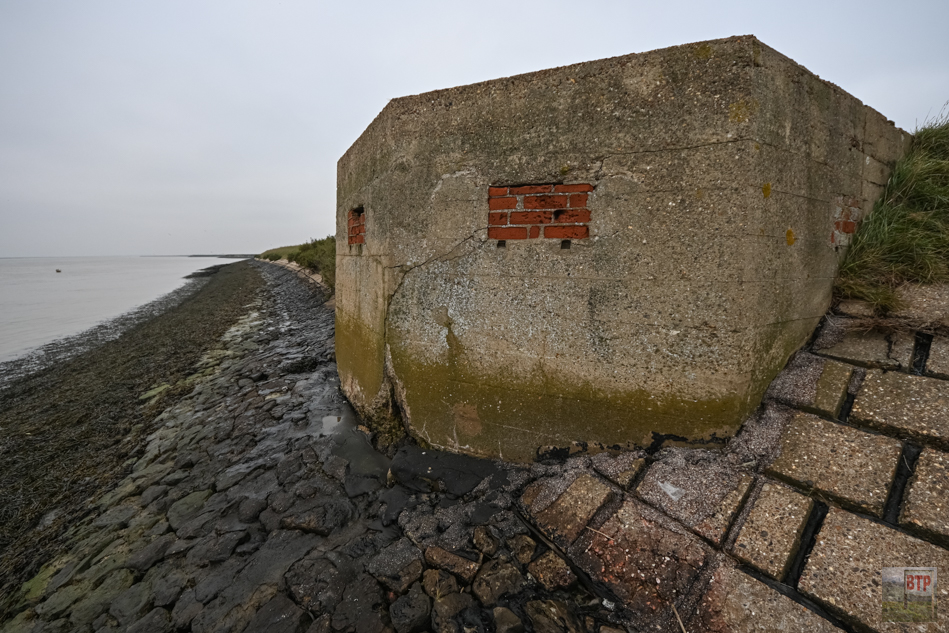
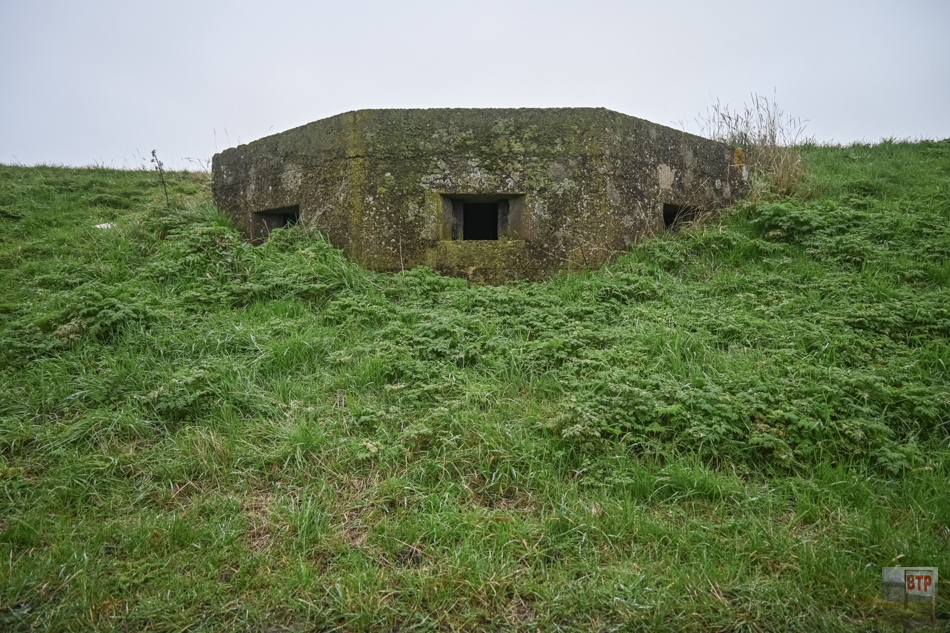
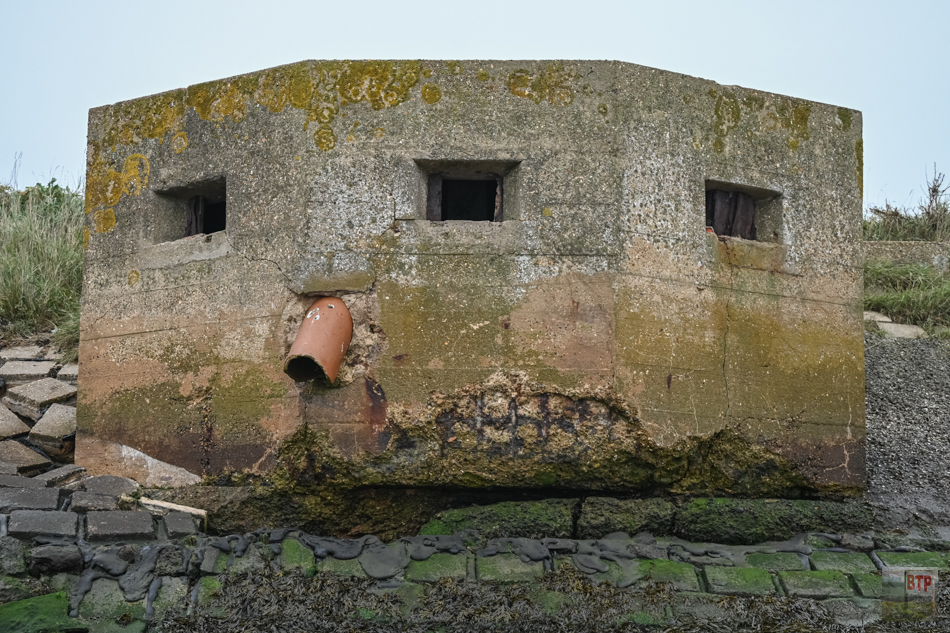
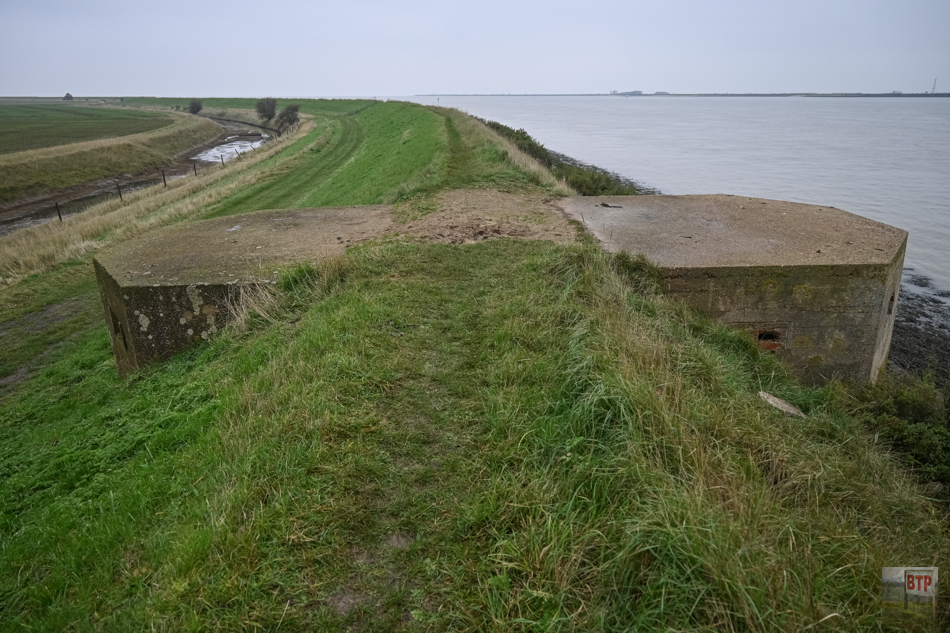
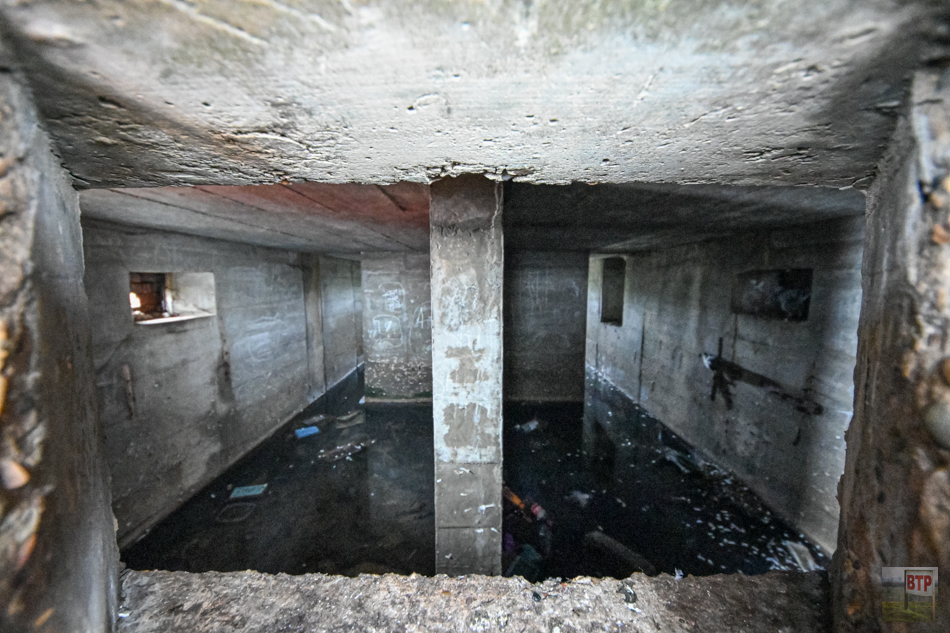
Minefield Control Tower
This unusual structure is a Scheduled Monument and is incredibly rare to find in the UK. Historic England say that the only other surviving example of a purpose-built minefield control tower in the UK is 4.8km south of Oban in Scotland. The two-story hexagonal tower has walls over half a metre thick, built from brick and concrete, and a total of 17 machine gun openings gives the structure defence across 360 degrees.
The lower level has a single entrance and provides access to the top of the tower. Upstairs a lookout platforms provides views overlooking the estuary. Should the tower be fired upon, steel shutters could be closed to further defend the tower.
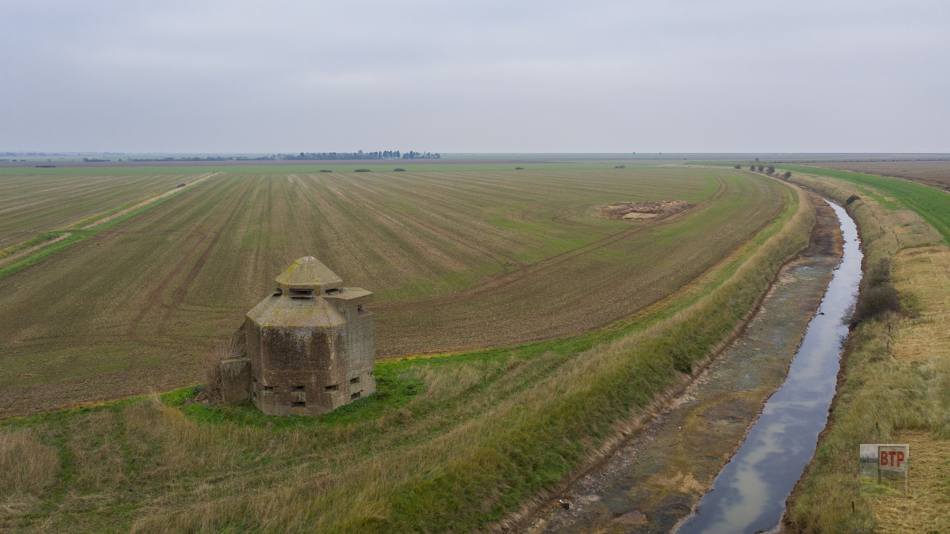
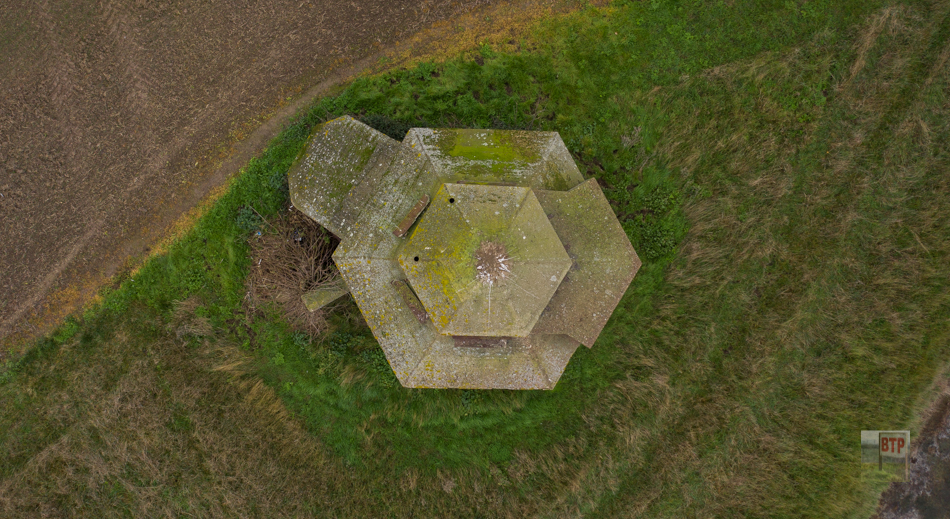
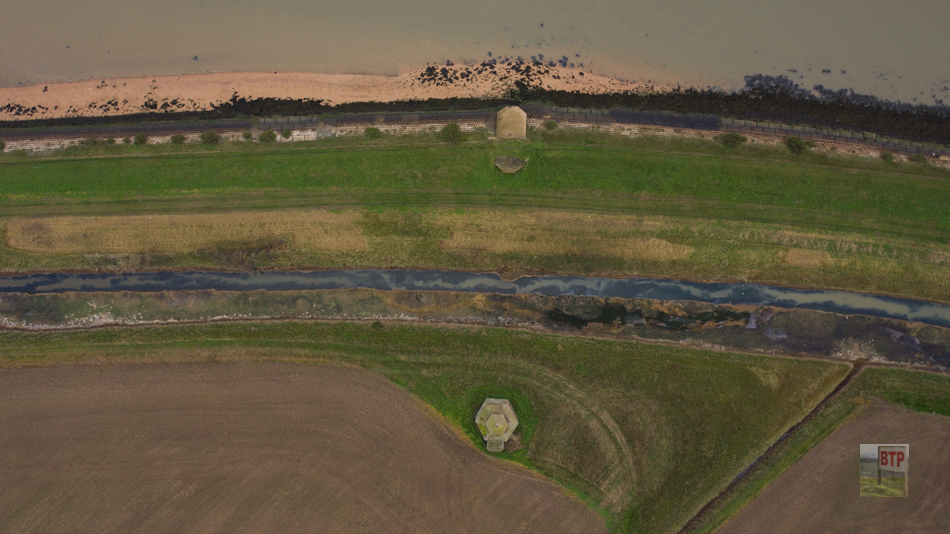
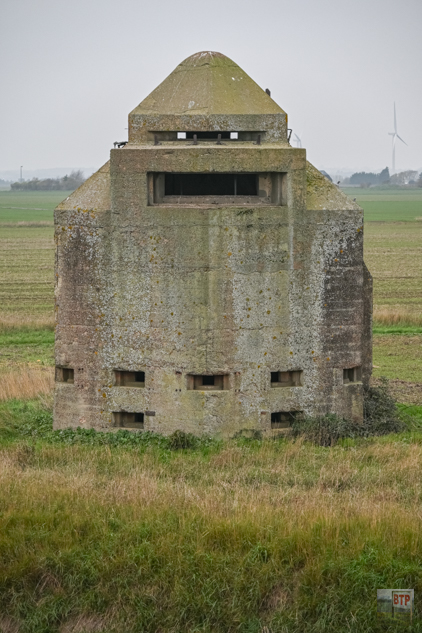
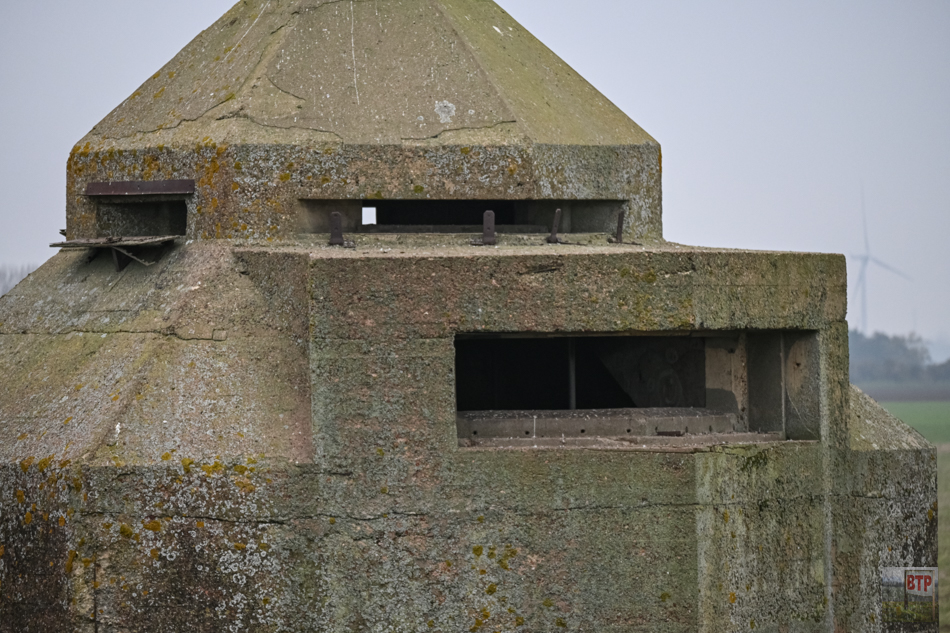
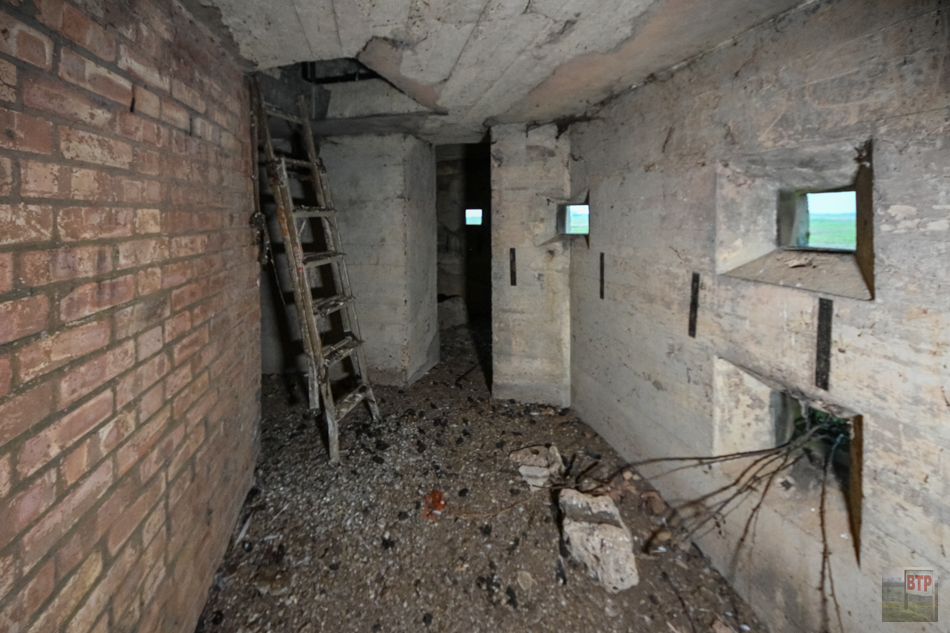
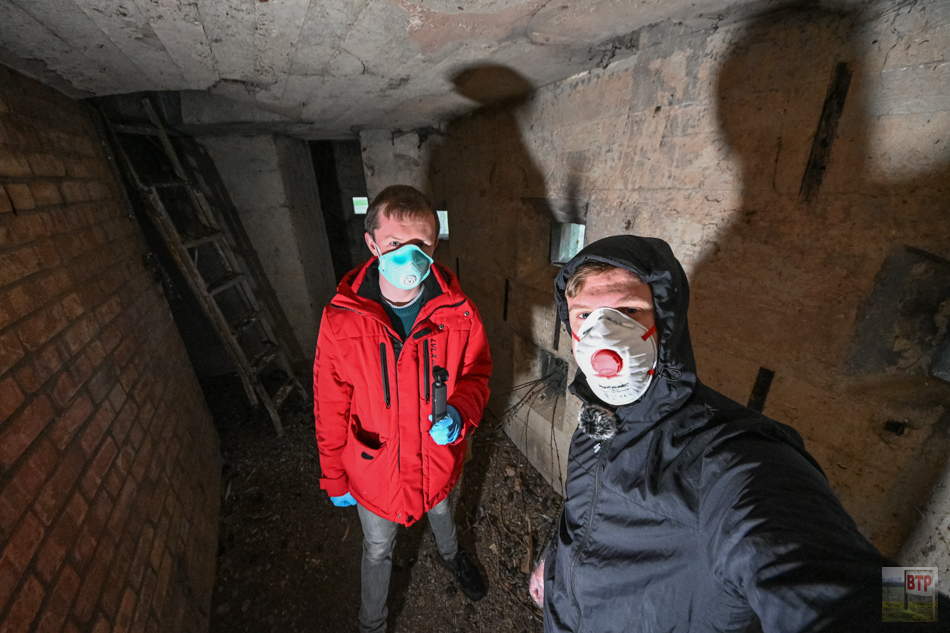
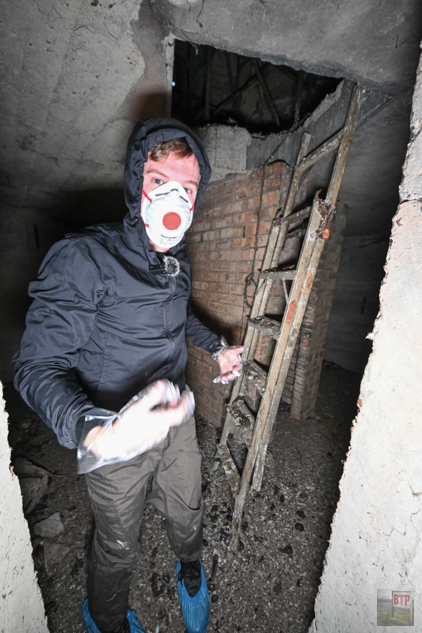
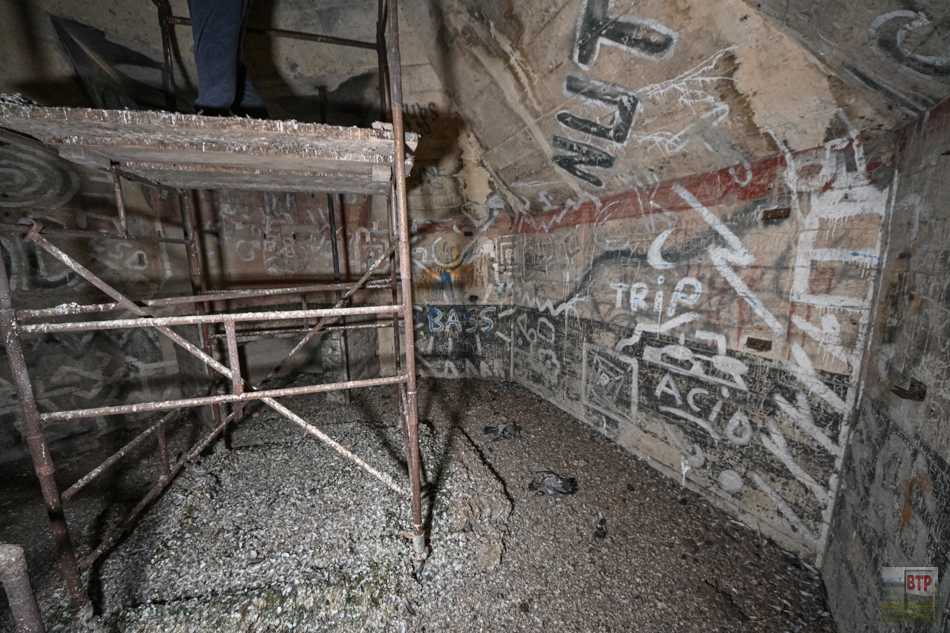
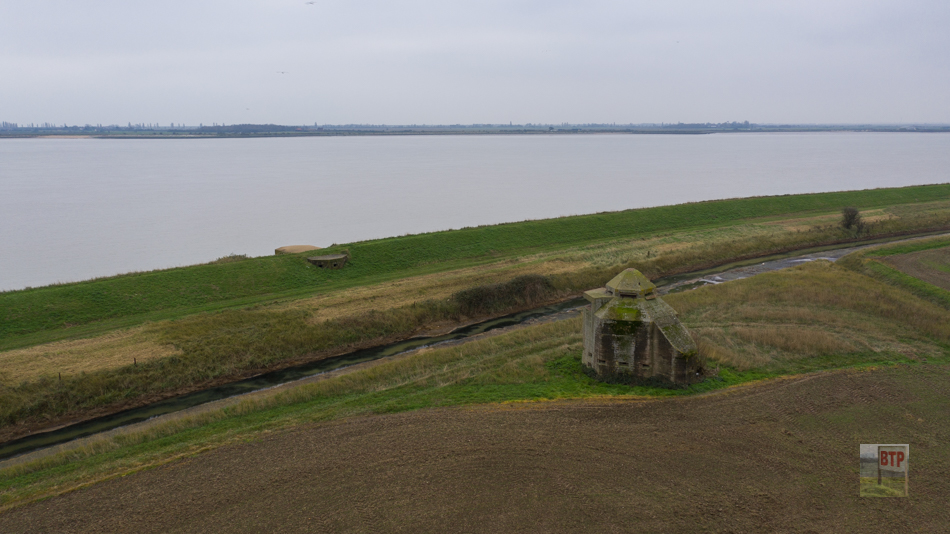
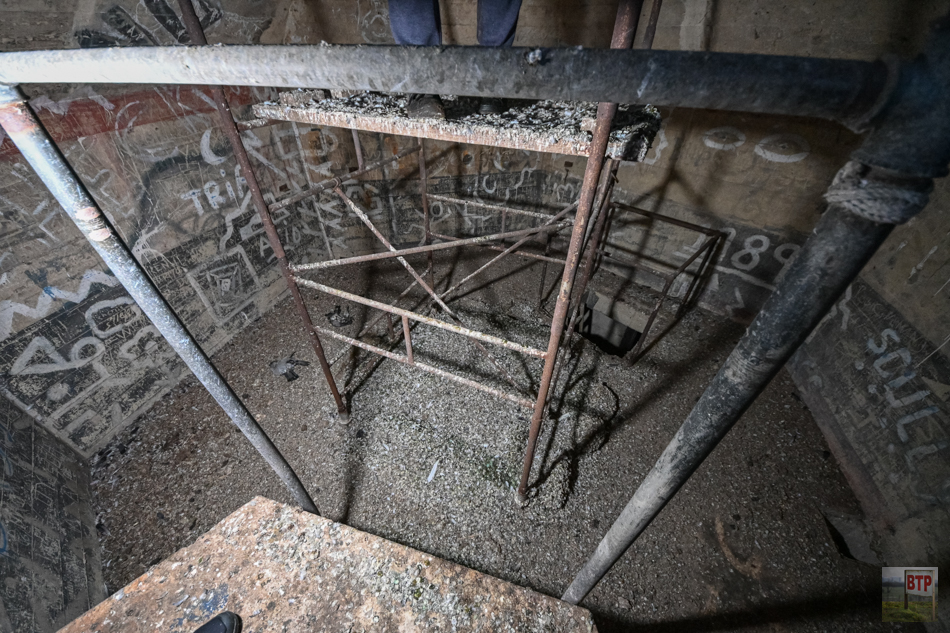
Source: Historic England



